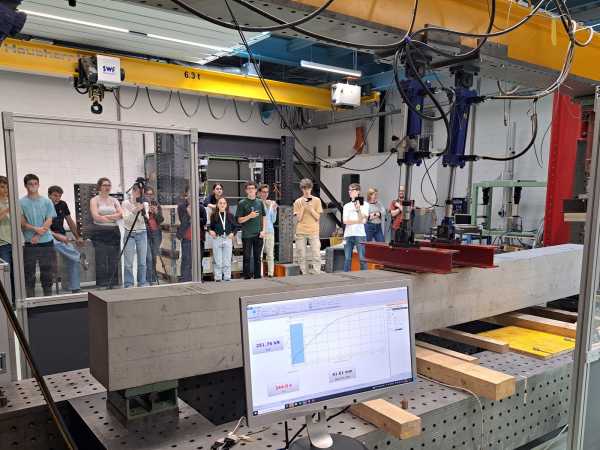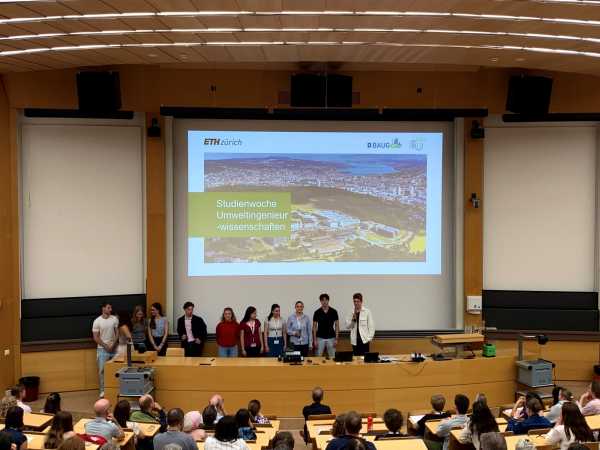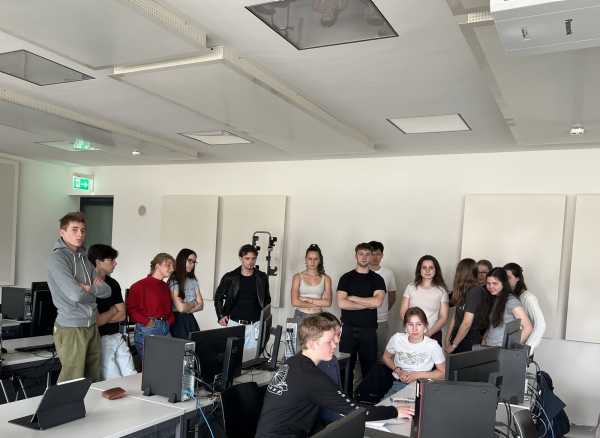Environmental Engineering: Tackling Global Environmental Challenges
Participants in the Environmental Engineering programme were offered an engaging introduction to the challenges of modern environmental technologies. A key focus was urban water management and the question of how cities can be built in ways that conserve natural resources while addressing the realities of climate change.
Using models and practical experiments, students explored the impact of pollutants on water bodies and learned how innovative solutions can mitigate these effects. The topic of fish migration and river protection also featured prominently: How can fish ladders and bypass systems be developed to maintain natural migratory patterns while allowing for the generation of climate-neutral electricity?
Through remote sensing, students worked with satellite data to analyse environmental changes such as glacier melt and deforestation, gaining insight into how such data can support environmental protection efforts. Air pollution detection and its implications for human health formed another key focus. Participants were introduced to an innovative colour-based test that enabled them to measure organic compounds in the air.
Throughout the ETH Study Weeks, participants gained exclusive insights into the fields of Civil and Environmental Engineering. They were not only introduced to theoretical concepts but were also able to apply their knowledge through hands-on experiments and field visits. The academic coordinators used this opportunity to illustrate the diversity and societal relevance of both disciplines, and to demonstrate how engineers in these fields contribute actively to addressing global challenges.
Special thanks go to the doctoral students, scientific staff, and professors whose dedicated support made the successful implementation of the D-BAUG study weeks possible.



